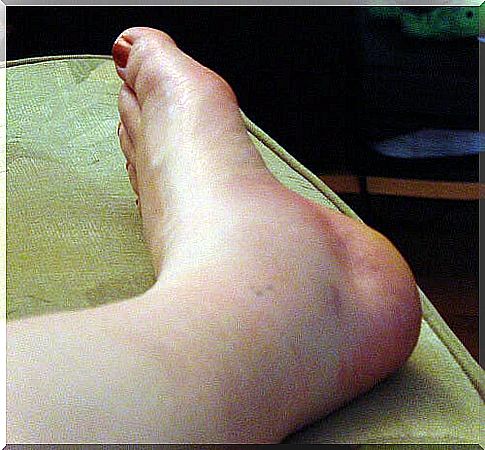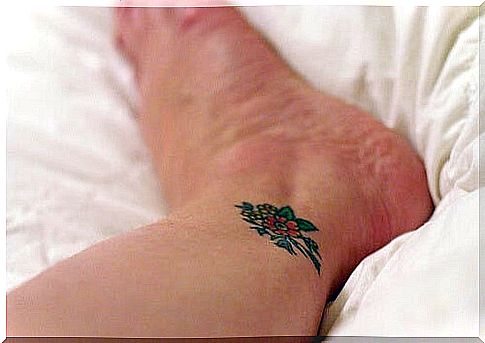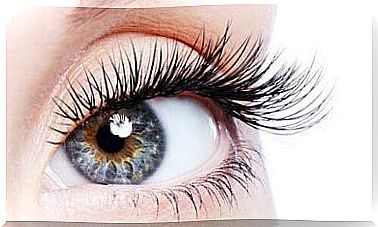How To Reduce Ankle Swelling?

Although the ankles are one of the strongest parts of our body, as they have to support a lot of weight, they are one of the most vulnerable to injury and problems. One of these is swelling in the ankles, which can be due to water retention or a cramp, or occur when we have walked on uneven surfaces, when we wear inadequate footwear or when we have taken a sprain.
Let’s see the causes and remedies that can alleviate the problem of swollen ankles.
Pain in the ankles
Swelling doesn’t always cause pain, but it certainly causes a lot of discomfort. If you feel pain on the inside or outside of one or both ankles, this could be a clear sign of injury.
If the pain persists, it is advisable to consult a specialist. If, in addition to feeling pain, you notice inflammation, it could be a few bumps or a slight sprain, which can be treated at home with good results.
How to relieve swollen ankles
A great way to relieve pain and swelling in your ankles is by putting ice on the area. You can take a plastic bag, fill it with ice and then wrap it in a cloth, or use a eutectic plate (one of those blue plastic containers with liquid inside that you put in the refrigerator and keep at low temperatures).
If you prefer not to use ice, soak your feet in a container of cold tap water for 15 to 20 minutes. Repeat this every two or three hours for at least three consecutive days.

Keep in mind that ice is a great solution, because it reduces swelling in the ankles. When injured ankles, a good treatment can be to apply cold and immediately after soaking the foot in hot water, because the change in temperature activates the blood circulation (ideal in case of bruises).
How to get rid of ankle edema
“Edema” is the medical term for swelling. It can be caused by having been standing or sitting for many hours, by being pregnant, due to being overweight or having a sedentary lifestyle. It is usually due to an excess of fluid accumulating in the lower extremities.
The good news is that the problem can be treated in a number of ways, from playing sports to putting your feet up for a few minutes. However, if the inflammation is chronic, i.e. if it has been present for a long time, it is advisable to consult a specialist or seek more effective treatments.
Causes of ankle edema
The first thing you will need to do is identify the cause or causes of this problem before trying to treat the symptoms.
Some of the reasons could be malnutrition, obesity, arthritis, or heart or kidney disease. If you suffer from one or more of these problems, you will need a plan to keep them under control by changing various aspects of your lifestyle.

If you are taking any medications, it may be that one of the contraindications is ankle edema. Some medications that can cause this problem or make it worse are those that contain hormones (for example, contraceptives), antidepressants, or medications for hypertension. If you can avoid taking them or look for a less invasive alternative, it will be much better.
Your diet will need to be low in salt, as sodium helps retain fluids, not only in the ankles, but in other parts of the body as well.
Exercise is also very important, despite being pregnant, working all day or elderly. Everyone will have to do a different activity according to their ability, but at least going for a walk three times a week is advisable.
To prevent swelling of the ankles, try not to stay in the same position for too many hours (still or sitting). If because of work you have no other choice, try to change your position every now and then and if you can get up to go to the window for some air, your condition will improve a lot.

Another interesting tip is not to wear pants, socks or shoes that tighten your ankles too much. Also beware of the thigh area, as if it is compressed too much this could have repercussions on the lower legs.
DIY remedies for swollen ankles
- Raise your ankles, keeping your leg straight, until they rest on the sofa or chair. Place an ice pack and cloth on top for a few minutes. Another option is, when you are lying in bed, raise your legs and let them lean against the wall, as straight as possible, touching the wall with your heels. You will immediately feel both blood and swelling go down. It is difficult to stay in this position for more than five minutes, but with a little practice you can last longer.
- Apply a cold swab (even a bag of frozen vegetables can work) wrapped in a cloth so as not to be in direct contact with the skin so as not to burn it. When it has warmed up, put it back in the freezer to freeze it and reapply it later.
- In case of sprains, tendonitis, pain or sprains, alternate cloths soaked in cold and hot vinegar. Heat equal parts vinegar and water in a saucepan for five minutes. Wet a towel and wrap around your ankle, let it act for a few minutes and repeat the treatment with cold vinegar. Repeat three times for each temperature.
- A good alternative is to place cucumber washers around the swollen ankle and wrap everything with a cloth or bandage. The liquid will be absorbed and the swelling will go away faster.
- Another effective exercise for swollen ankles: sit on the floor with your legs extended and rotate your ankle clockwise and then counterclockwise, fifteen times in each direction. This will also improve your blood circulation.










